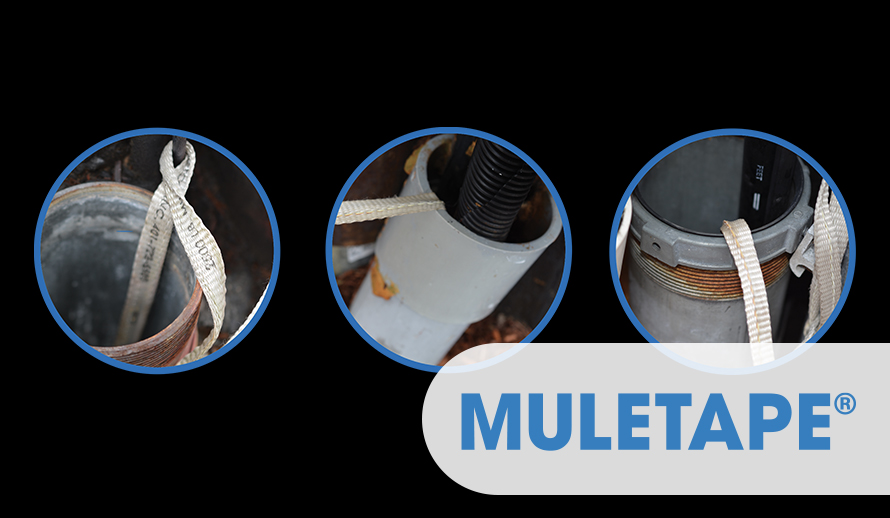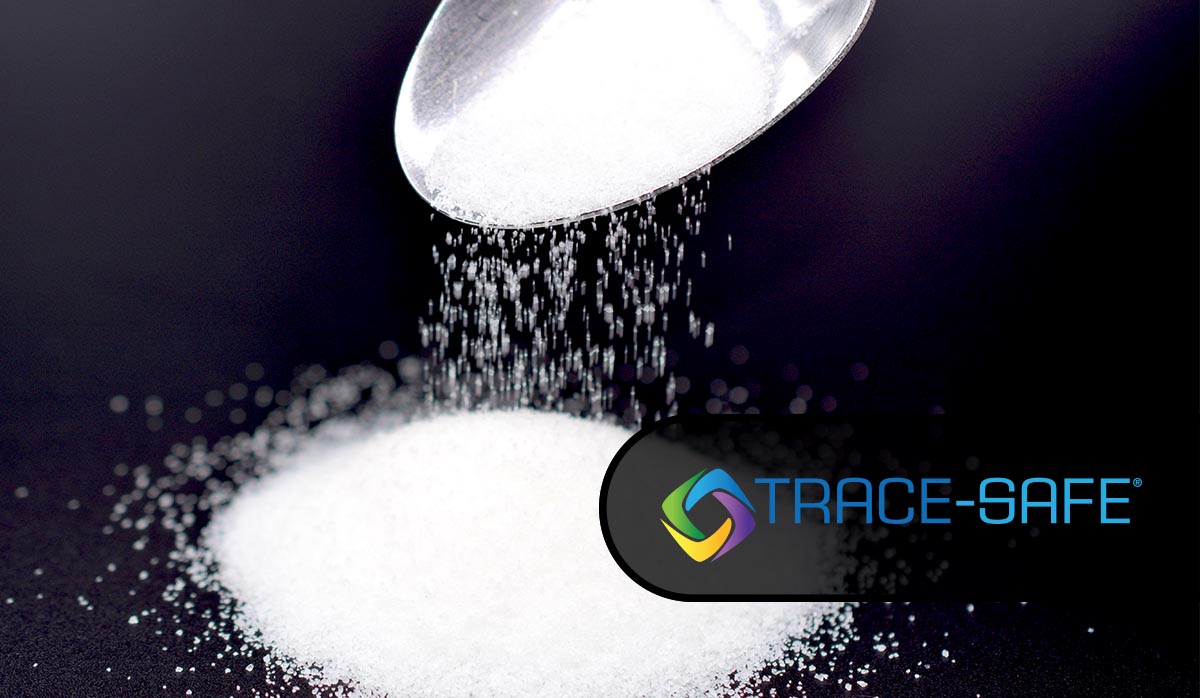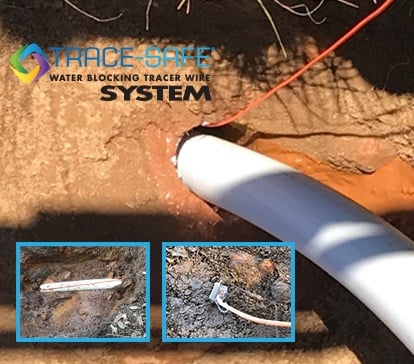Lubricant is crucial for underground cable installations. The right lubricant reduces friction and protects both cables and workers during installation. Conventional cable lubricants use a soap-based chemistry to reduce friction. However, as soap dries out it becomes sticky and can increase the pulling friction.
There is a new alternative silicone-based option hitting the market that boasts impressive performance characteristics. NEPTCO, the only makers of MULETAPE, has launched MULEGLIDE, a powerful new silicone lubricant to make cable installation jobs faster, smoother, and easier than ever.










